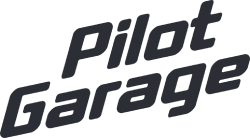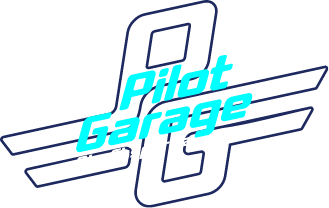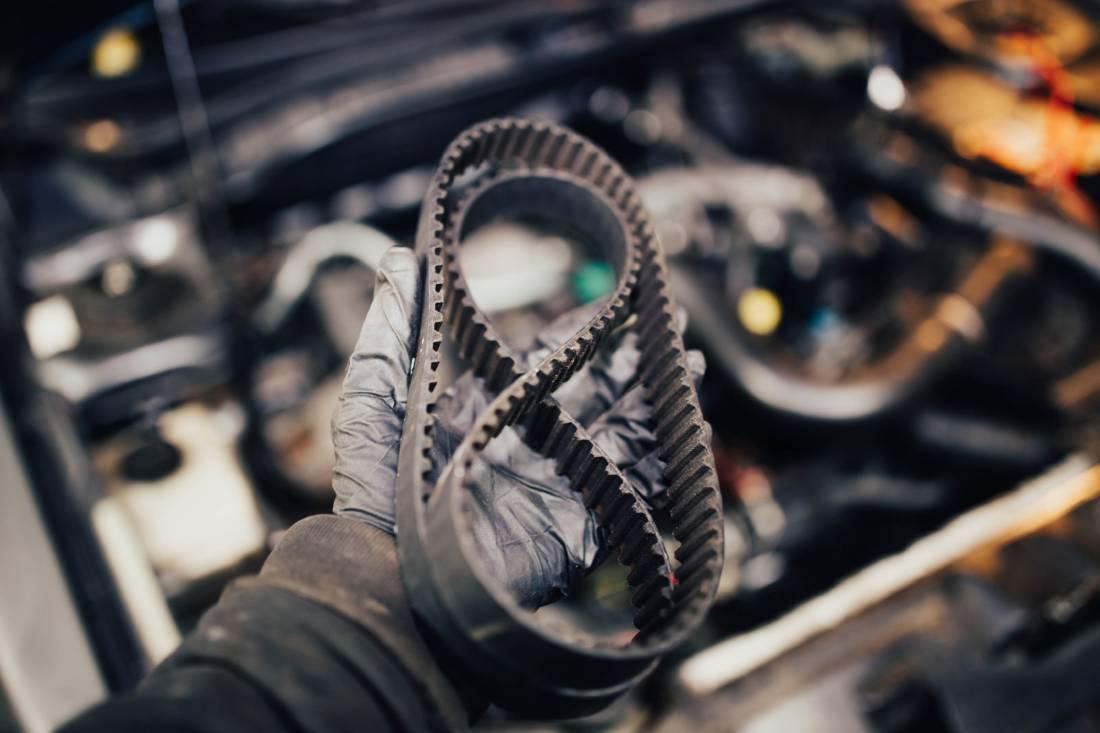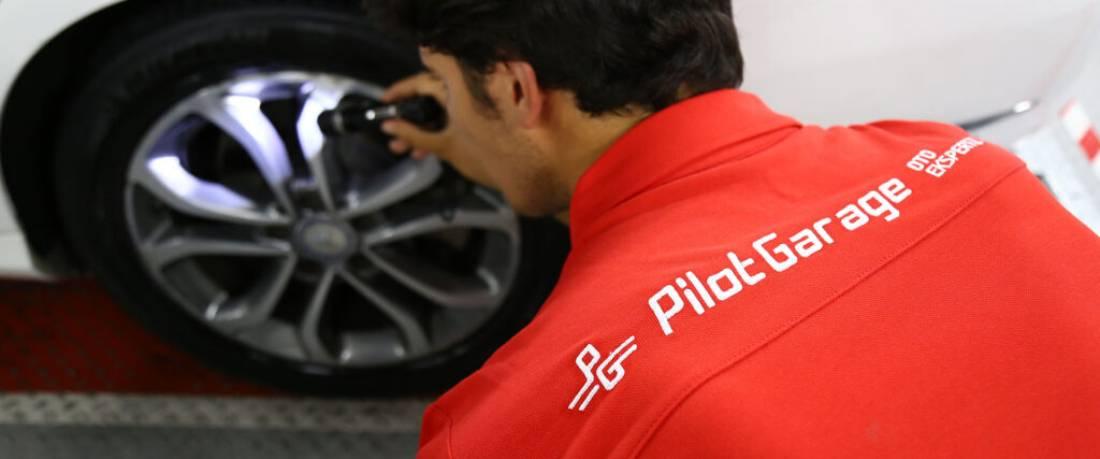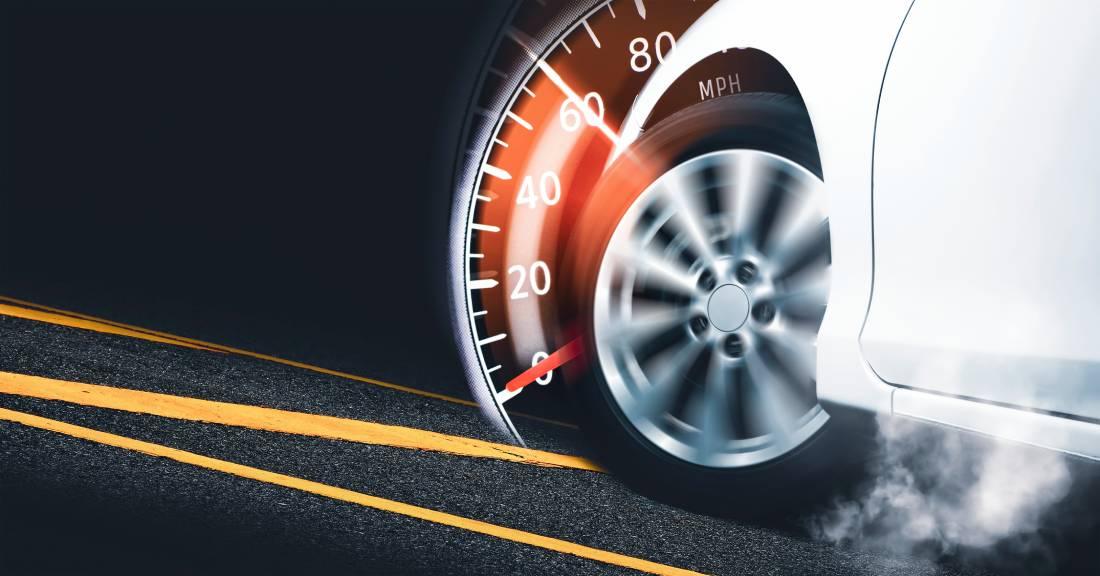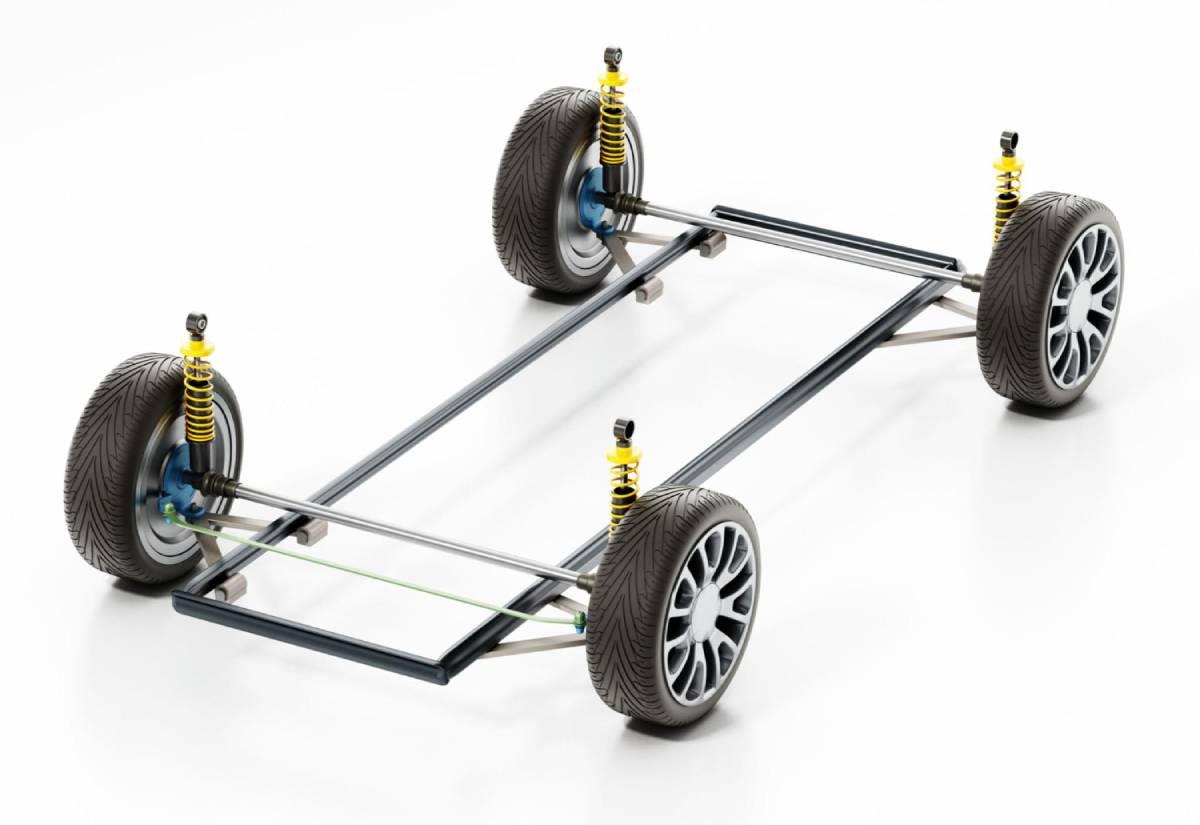
- What is Torsion?
- What is a Torsion Bar?
- What Does Torsion Do?
- Relationship between Torsion and Torsion Bar
- Which Vehicles Use Torsion?
- Which vehicle types use a torsion system?
- Torsion System Maintenance and Inspection
- Why Does Torsion Fail?
- How to recognize when the torsion system has failed?
- How is the vehicle affected if the torsion bar breaks?
- How is Torsion Adjustment Performed?
- Driving Effects of the Torsion System
- Differences between Torsion and Suspension
- What are the differences between a torsion system and other suspension systems?
- Frequently Asked Questions About Torsion
- Is torsion bar replacement necessary?
- How to use the torsion system more efficiently?
- In which vehicle types is the torsion system used?
- What are the differences between a torsion system and other suspension systems?
- How is the vehicle affected if the torsion bar breaks?
- How to recognize when the torsion system fails?
- How often should the torsion system be checked?
Torsion is the rotation or bending of an object or material about its axis. In mechanical systems, torsion forces arise when components interact with each other. This concept plays a particularly important role in the design and engineering of vehicles. Torsion is a critical factor determining the durability and performance of vehicles' suspension systems, powertrains and other mechanical parts. Torsion systems help improve the ride comfort and stability of vehicles. Correct torsion settings affect vehicle handling and overall driving safety.
What is Torsion?
In cars, torsion is a bar or axle structure, usually used in the rear suspension system, that provides lateral flex and stability. In mechanics, torsion is the bending or rotation of a body or material under the influence of an axial force. This concept is used in cars and generally in the fields of mechanical engineering and physics.
In vehicles, torsion is realized through the rods or tubes used in suspension systems, which allows vehicles to perform better. Torsion refers to the deformation of one end of a rod or tube by rotating the other end. Depending on the internal structure of the material, applied torsion forces can lead to deformation and ultimately fracture. The word torsion is derived from the Latin word “torsio” and means rotation.
What is a Torsion Bar?
A torsion bar is a specialized component used to ensure the resistance of an object or system to torsional forces. Torsion bars play an important role in vehicle suspension systems because they counteract the bending forces that occur during the movement of a vehicle. Thanks to their ability to store and release energy, these rods improve the vehicle's handling and ensure ride comfort. Torsion bars are also used in industrial machinery and different mechanical systems.
What Does Torsion Do?
Torsion fulfills many important functions in mechanical systems. Especially in the suspension systems of vehicles, torsion forces ensure driving safety by increasing the handling and overall stability of the vehicle. Torsion systems offer drivers a more comfortable experience with their energy storage and shock absorption features. In addition, torsion stabilizes the operation of mechanical parts in powertrain systems and increases durability. Thanks to torsion bars, the weight of vehicles is reduced, while strength and rigidity are also ensured. Thus, torsion becomes a critical element that improves both performance and the overall efficiency of vehicles.
Relationship between Torsion and Torsion Bar
Torsion refers to the rotational forces exerted on an object, while a torsion bar is a component designed to resist these forces. The torsion bar is used in the suspension systems of vehicles to accommodate torsional deformation, thus resisting the torsional forces that are released as the vehicle moves. Since these rods are manufactured with a specific shape and material, they react in a specific pattern according to the applied torsion forces. Therefore, the selection of the appropriate torsion bar directly affects the performance and durability of the system.
Which Vehicles Use Torsion?
Torsion, both passenger cars and commercial vehicles have torsion systems. These systems take place in the suspension structure of vehicles and affect the road holding. In vehicles that require more power, such as off-road vehicles and heavy vehicles, torsion systems are designed with more durable and robust structures. Apart from this, torsion systems are also used in applications that require high performance such as special vehicles and racing cars. In general, in all types of motor vehicles, torsion mechanisms play a critical role in improving ride comfort and safety.
Which vehicle types use a torsion system?
Vehicle types using torsion system:
- Passenger Cars
- Commercial Vehicles
- Off-Road Vehicles
- Race Vehicles
- Industrial Transportation Vehicles
Torsion System Maintenance and Inspection
As the torsion system is an important component that affects the performance of vehicles, it requires regular maintenance and inspection. To ensure the healthy functioning of this system, the torsion bars should first be checked for any signs of deformation or wear. Looseness or corrosion of the connection points may adversely affect the functioning of the system. Periodic checks should be carried out in accordance with the user manual of the vehicles and replacement operations should be carried out when necessary. Lubrication is also of great importance in torsion system maintenance; this reduces friction and prolongs the life of the parts. Thus, with a proper torsion system, both safe driving is ensured and the performance of the mechanical parts is increased.
Why Does Torsion Fail?
The torsion system can deteriorate over time for a variety of reasons. One of the most common causes is overuse or driving vehicles in harsh conditions, which can lead to deformation of the rods. Rust and lack of lubrication reduce the durability of the torsion bar, increasing the risk of breakage. In addition, incorrect installation or improper selection of the torsion bar can also cause the system to fail. Impacts caused by vehicle accidents or abnormal loading can cause damage to the torsion system. It is therefore essential to maintain the torsion system in good condition and to carry out regular maintenance.
How to recognize when the torsion system has failed?
Symptoms that occur when the torsion system fails:
- Noise
- Jerky Driving
- Unstable Road Attitude
- Visible Changes
- Difficulty in Light Turns
How is the vehicle affected if the torsion bar breaks?
When the torsion bar breaks, the vehicle is affected in several ways:
- Suspension Problems
- Unstable Road Attitude
- Increased Wear
- Security Risks
- Costly Repairs
How is Torsion Adjustment Performed?
Torsion adjustment is an important process that affects the performance of the vehicle's suspension system. In order to make this adjustment, the vehicle must first be lifted and the torsion bars must be made visible. An expert technician should make the necessary adjustments by loosening the connection points on the rods. In order for the torsion system to work properly, care must be taken to ensure that the rods are at a certain tension. During the adjustment process, make sure that the rods on both sides are adjusted equally. After the process is completed, the connection points should be firmly mounted and the vehicle should be lowered back to its normal level. Periodic torsion adjustment improves the performance and handling of the vehicle.
Driving Effects of the Torsion System
The torsion system significantly affects the driving dynamics of the vehicle. A correctly adjusted torsion system improves the vehicle's handling and ensures driving safety. Torsion bars increase driving comfort by absorbing bumps in the road, so the driver gets less tired. The vehicle's stability and maneuverability depend on the proper functioning of the torsion system, which keeps the vehicle more stable in heavy traffic conditions or on winding roads. However, a malfunctioning torsion system can lead to unwanted jerks and unstable movements, negatively affecting the driving experience. Overall, the torsion system is a critical factor in the vehicle's performance and ride comfort.
Differences between Torsion and Suspension
Torsion and suspension are different concepts in the mechanical systems of vehicles. Torsion refers to the rotation or twisting of a component around its axis, while suspension is the system that provides the connection between the wheels and the body of the vehicle. Torsion suspension is a type of suspension that works based on the torsional deformation of certain rods or components. The suspension system has a wider structure to balance the weight of the vehicle and provide comfort depending on the road conditions. The torsion system functions as a sub-part of the suspension and contributes to handling. The balance between these two systems affects the overall performance of the vehicle.
What are the differences between a torsion system and other suspension systems?
The torsion system has several important differences with other suspension systems:
- Structural Design
- Shock Absorption
- Weight
- Maneuverability
- Maintenance Requirements
Frequently Asked Questions About Torsion
Frequently asked questions about torsion include important topics that users are curious about. You can access these questions and answers below.
Is torsion bar replacement necessary?
Torsion bar replacement is necessary in the following cases:
- Wear Symptoms
- Negative Impact on Driving Comfort
- Regular Maintenance Checks
- Post Accident Controls
- Need for Performance Increase
How to use the torsion system more efficiently?
There are some suggestions for using the torsion system more efficiently:
- Regular Maintenance
- Correct Settings
- Quality Material Selection
- Expert Checks
- Avoiding Challenging Conditions
In which vehicle types is the torsion system used?
The torsion system is generally used in small and medium-sized passenger cars.
What are the differences between a torsion system and other suspension systems?
The torsion system uses a torsion bar to support the vehicle weight, while other systems rely more on a combination of springs and shock absorbers.
How is the vehicle affected if the torsion bar breaks?
When the torsion bar breaks, the suspension balance of the vehicle is disturbed and driving comfort and safety are negatively affected.
How to recognize when the torsion system fails?
When the torsion system malfunctions, shaking, instability or squeaking sounds coming from the suspension part can be noticed in the vehicle.
How often should the torsion system be checked?
The torsion system should be checked every maintenance period or at least once a year.
